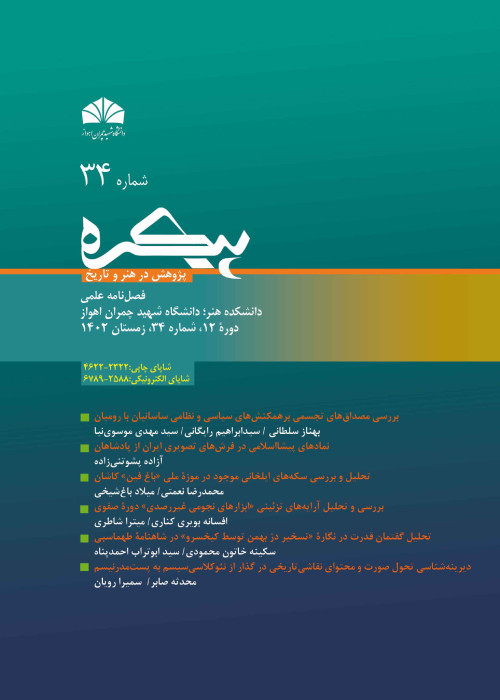Archaeology of the form and content transformation in the historical painting in the transition from neoclassicism to postmodernism
Historical illustration is not a realistic recording of a historical event, but a tool to represent a historical event through visual media. In the visual representation of history, both the details that cannot be expressed verbally are depicted, and the attitude of the societies towards the nature of the historical event is revealed. Studying the works of the European and American historical painting genre from the 18th century to the first decade of the 21st century shows several periods of transition and transformation. These turning points can be recognized in the transition from neoclassicism to modernism and modernism to postmodernism. Therefore, the purpose of the current research is to explain how historical painting changes in the transition from neoclassicism to postmodernism concerning the knowledge of the era. The problem is that the change in society's attitude towards the concept of history has caused a change in the way of visual representation of history in the mentioned periods.
This research is qualitative and was conducted using a descriptive-analytical method and a historical approach. The data collection method was citation studies. Accordingly, the samples were selected from a specific statistical population that is limited based on the definition of historical painting in the mentioned time frame and representativeness in the desired criteria and were analyzed using an archeological approach. Image archeology is a method of historical analysis with an emphasis on "points of discontinuity" rather than "continuity" and "repetition".
The analysis showed that the style and content of historical painting have changed in the transition from neoclassicism to modernism and modernism to postmodernism. The depiction of mythological and historical themes related to the past period in the paintings of the late 18th century gave their place to the depiction of contemporary events. In artistic modernism, the styles of depicting history, and in postmodernism, the subject and audience of this genre had fundamental changes. Also, the function of historical painting changed from mythologizing and exaggerating a historical event to normalizing and even challenging it.
The depiction of history has had a direct relationship with the concept of history in different periods. Since history was considered a recurring cycle before the Enlightenment era, the idealization and mythologizing of the past can also be observed in historical painting. Threshold of the modernity of history was considered the course of events moving towards a certain result. However, with the collapse of the concept of progress, multiple and localized historical narratives became important. The same approach is reflected in the style and theme of a historical painting of these periods.
- حق عضویت دریافتی صرف حمایت از نشریات عضو و نگهداری، تکمیل و توسعه مگیران میشود.
- پرداخت حق اشتراک و دانلود مقالات اجازه بازنشر آن در سایر رسانههای چاپی و دیجیتال را به کاربر نمیدهد.



